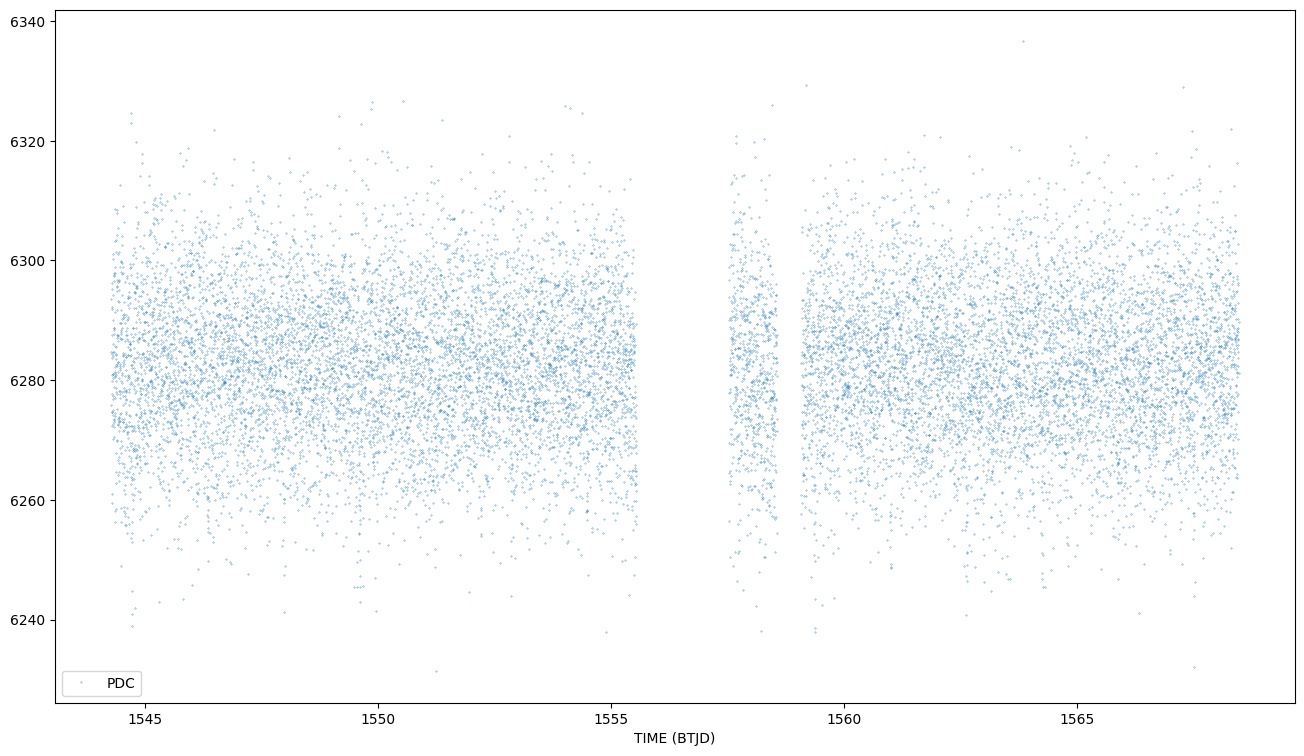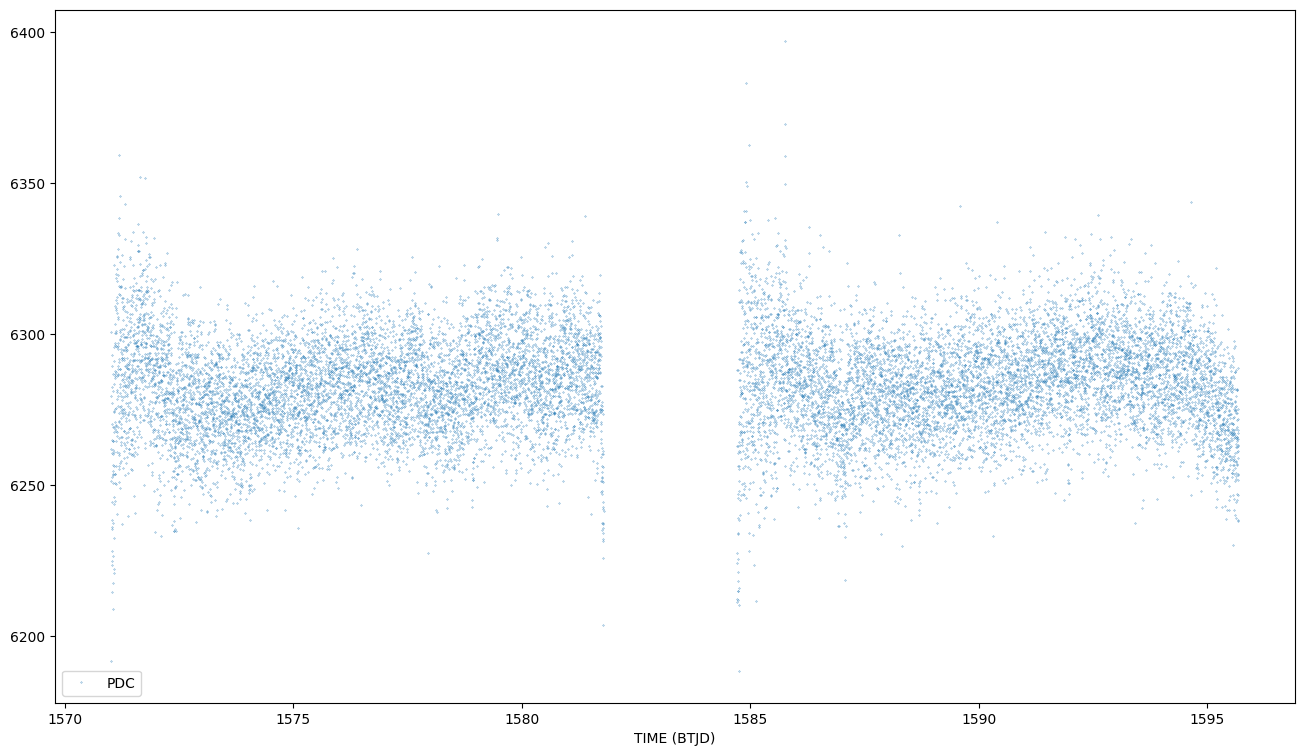 |
|
 |
|
GJ 1132
Stellar parameters and planets on the system
| Host Star: GJ 1132 | GJ 1132 System planets | ||||||||||||||||||||||||||||||||||||||||||||||||
|---|---|---|---|---|---|---|---|---|---|---|---|---|---|---|---|---|---|---|---|---|---|---|---|---|---|---|---|---|---|---|---|---|---|---|---|---|---|---|---|---|---|---|---|---|---|---|---|---|---|
|
|
Photometric data catalogues and tools:
Plot from LIGHTCURVE FITS file

Auxiliary Products:
There is no LIGHTCURVE FITS file for this observation on Tess Archives
Auxiliary Products:
Plot from LIGHTCURVE FITS file

Auxiliary Products:
Spectroscopic data catalogues:
|
La Palma, CAHA, Keck, ESO archives |
GJ 1132 b
Planet parameters
| Planet Name | Planet Mass | Planet Radius | Semi Major Axis | Orbital Period | Eccentricity | Inclination | Tidally Locked | Angular Distance | Primary Transit Source (JD) | Calculated Planet Temperature(K) | Molecules | Star Distance |
|---|---|---|---|---|---|---|---|---|---|---|---|---|
| GJ 1132 b | 0.00522 | 0.1035 | 0.0154 | 1.628931 | 0 | 0 | 0 | 2457184.55786 | 580 | CO2, H2, N2, O2 | 12.04 |
Direct access and visualization for NASA archive
SHOW ERRORBARS Y/N
| Ref | Type | Facility | Instrum. | Npt | Comments |
| Diamond-Lowe et al. 2018 | spec | Magellan II Landon Clay Telescope | LDSS-3C | 17 | DIAMOND LOWE ET AL 2018: Results from five transits of GJ 1132b taken with the Magellan Clay Telescope and the LDSS3C multi-object spectrograph. We jointly fit our five data sets when determining the best-fit transit parameters both for the white light curve and wavelength-binned light curves. We bin the light curves into 20 nm wavelength bands to construct the transmission spectrum. |
| Southworth et al. 2017 | phot | Carnegie Institution for Science (CIS) 6.5m Landon Clay Telescope at Las Campanas Observatory (LCO) | PISCO | 2 | SOUTHWORTH ET AL 2017 : We also modelled the two best light curves of GJ 1132from BT15, which are the g- and i-band data from the PISCO imager. Their appearance in Fig.2 differs from that in BT15, leading us to investigate the discrepancy. We checked for correlation with the instrumental parameters supplied withthe flux measurements (airmass, x-position, y-position, PSF width and sky background level), finding linear Pearson correlation coefficients less than 0.13 in all cases. We therefore conclude that the difference in appearance is only because BT15 binned their data into 1.5 min intervals before plotting it. |
| Southworth et al. 2017 | phot | Max Planck Gesellschaft 2.2 meter Telescope at European Southern Observatory | GROND | 4 | SOUTHWORTH ET AL 2017 : Extensive observations of GJ 1132 were obtained inservice mode using the GROND multi-band imager(Greiner et al. 2008) mounted on the MPG 2.2 m telescope at ESO La Silla, Chile. This instrument acquires images simultaneously in four optical and three near-infrared passbands. The optical bands have response functions similar to those of the SDSS g, r, i and z filters (Fukugita et al. 1996). |